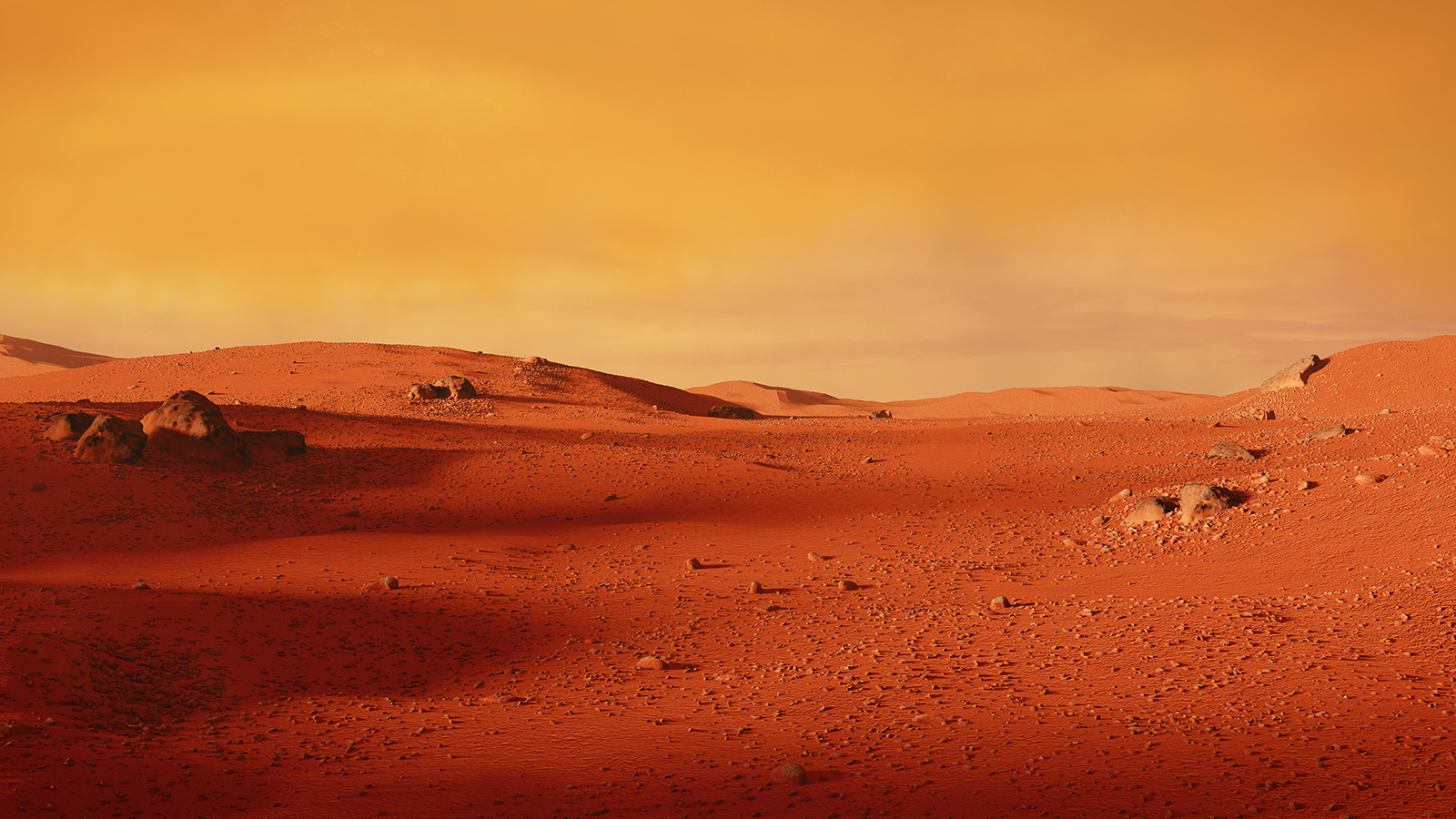Stay Up to Date
Submit your email address to receive the latest industry and Aerospace America news.
On Earth, explorers centuries ago were probably confident about the range of bad weather they’d encounter along their journeys. Future Mars explorers cannot yet say the equivalent. That’s why NASA and others have adopted a strategy of sending weather sensors ahead of the humans. Anni Torri, a senior scientist at Vaisala, the Helsinki-based measurement company, explains what it takes to make a weather sensor space-proof.
BY ANNI TORRI
We will likely see explorers walk on Mars someday, but before that can happen, mission planners must accurately anticipate the weather conditions those explorers are going to face. Procedures and equipment can then be created that will empower them to endure those conditions. Right now, we know a lot about Mars. It once had flowing water, more benign temperatures and a much thicker atmosphere. Today, there are polar ice caps consisting of water ice with a layer of dry ice (carbon dioxide) on top. The planet’s atmosphere is composed of 96% carbon dioxide and the surface pressure is only about 1% of Earth’s. The summer temperatures at the equator can rise to 20 degrees Celsius, but the nighttime temperatures can drop to minus 70, and even lower. Mars also has seasonal variations, and in the winter the temperatures can go as low as minus 130. There are also frequent dust storms and, in some years, global dust storms that cover the entire planet.
We have a picture of Martian weather through data from the Curiosity rover, but not one that’s refined enough to which human lives can be entrusted. Therefore, NASA and other organizations are developing a network of weather stations that will give experts a comprehensive picture of the dynamic atmospheric conditions on the red planet long before humans set foot there.
One node in this emerging network is the Mars Environmental Dynamics Analyzer, or MEDA, a 5.5-kilogram suite of weather instruments inside NASA’s Perseverance rover.
Among them are a barometric pressure instrument and a humidity instrument, designed by the Finnish Meteorological Institute, FMI. Both instruments carry Vaisala sensors.
FMI and Vaisala have worked together for 30 years on space exploration projects, including a similar endeavor for the Curiosity rover and other missions, so the collaboration was a natural choice. Before heading to space, these humidity and barometric designs were rigorously tested during manufacturing, in the lab and in the field in the most extreme environments on Earth, from the Sahara Desert to the Antarctic. Consider the design of Vaisala’s HUMICAP humidity sensors. Each rectangular device about the size of a pencil eraser measures relative humidity via a thin-film polymer that absorbs water molecules. When Vaisala introduced the design in the 1970s, it was the first of its kind for measurements on Earth let alone the surface of another planet.
HUMICAP’s applications on Earth are many.
The sensors are released into hurricanes inside dropsondes. They measure humidity inside vaccine labs and production facilities, and they help keep some of the world’s most famous works of art in peak condition. HUMICAP’s design was proven on Earth in so many challenging conditions that no tweaks were required for the Mars version, which continues to dependably report data on the planet’s humidity.
The story was different for the Martian version of Vaisala’s BAROCAP pressure sensors, which like the Earth versions, were first released in 1985. BAROCAP sensors are square micromechanical devices no bigger than a fingertip that measure dimensional changes in a silicon membrane to deduce air pressure. Because the pressure is so much lower on Mars than on Earth, Vaisala had to make the silicon membrane thinner in order to record accurate measurements. The BAROCAP sensor’s properties — good elasticity, low hysteresis, excellent repeatability, low temperature dependence and superior long-term stability — result from the single-crystal silicon material that forms this membrane.
Although these sensors were designed, tested and certified specifically for the Perseverance rover, iterations of both of these sensors have been certified “space-proof” many times for various missions including the Curiosity mission, and BAROCAP sensor were used in the Cassini mission to Titan in 1997 and the Phoenix Mars lander in 2007. Since they have no moving parts, they require no maintenance or repairs once in place and can endure the conditions.
As important as the exploration of Mars is, it’s also worth noting that there is another application for reliable weather data about the planet. Measuring conditions on a rocky planet that isn’t impacted by humans provides scientists with a control of sorts in their quest to define the effects of human activity on Earth’s weather and climate.
Earlier this year, Perseverance began sending back measurements, confirming that the small sensors made the seven-month journey and survived a precarious landing. A key piece of the first meteorological network on another planet, Vaisala’s sensors are helping to empower scientists with more knowledge of Mars’ atmospheric conditions and insights into its planetary history, bringing humanity a step closer to walking on the red planet.
Related Posts
Stay Up to Date
Submit your email address to receive the latest industry and Aerospace America news.




